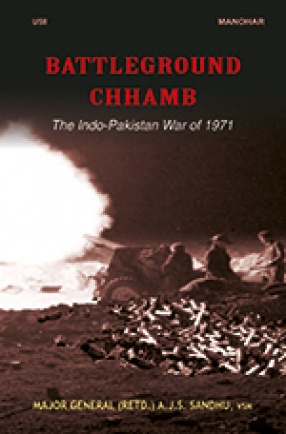
Manohar Publishers & Distributors

847 books


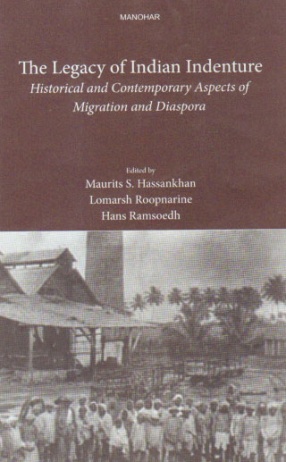
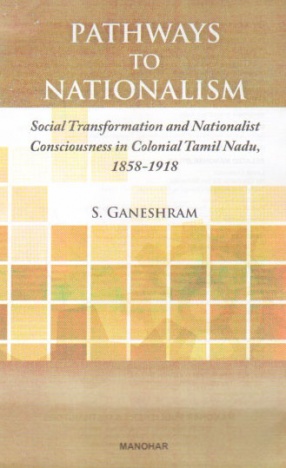
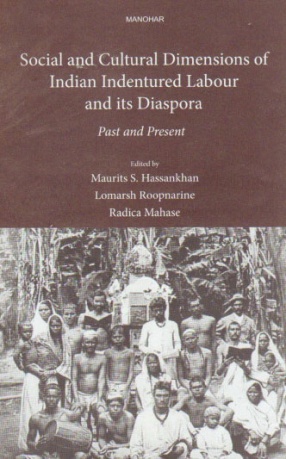
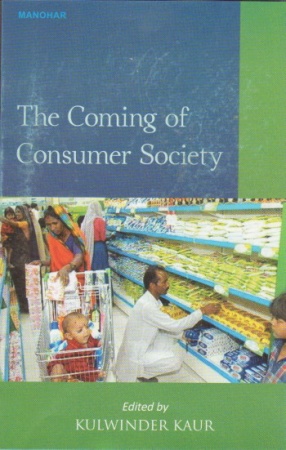
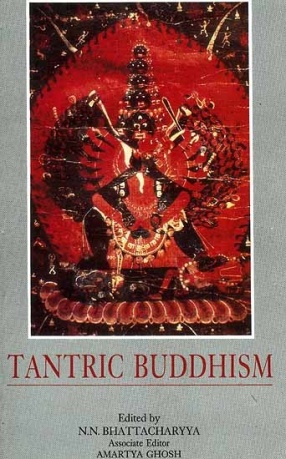
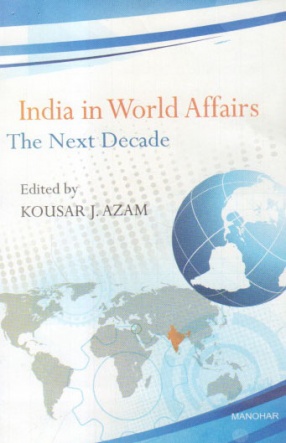

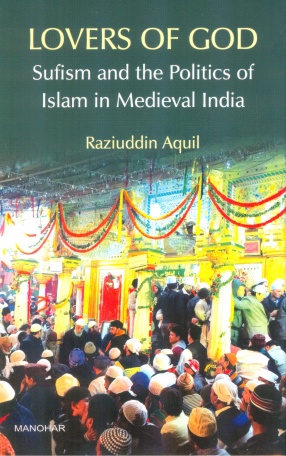
This book addresses some of the fiercely contested issues about religion and politics in medieval India, especially with regard to the crucial presence of Sufis who styled themselves as friends and lovers of God. Enjoying widespread veneration even in situations of hostility with regard to Islam and Muslims in general, Sufis are central to an understanding of religious interactions and community relations historically.
The chapters included in the book can be ...

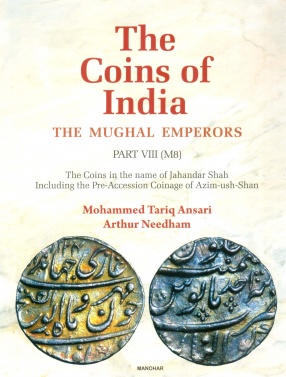
This is the second book in our series of publications on the Coins of India. Like the earlier volume this work also presents a generational change in the method of recording. illustrating and presenting numismatic data on the coins. In the first book only the silver coins of Shah Alam I Bahadur were included but in this volume on Jahandar Shah, his coins in all three metais-good, silver and copper have been included. Pre-accession coinage of Azim-ush-Shan, who ...
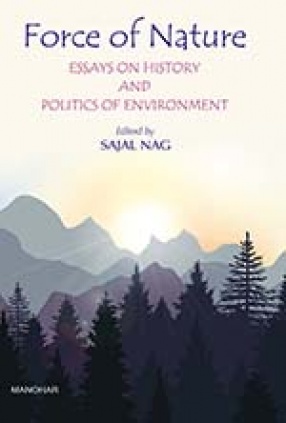
The study of environmental history is no more only of forests, rivers, but also of agriculture, climate, economic practices and human culture. In recent times environmental studies as a discipline has come to the forefront with growing concerns over the ozone layer depletion but has led to investigation of the historical factors and processes of man and environment relationship and its impact.
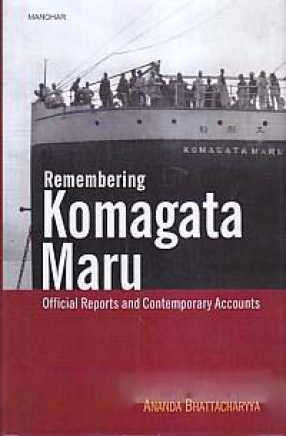
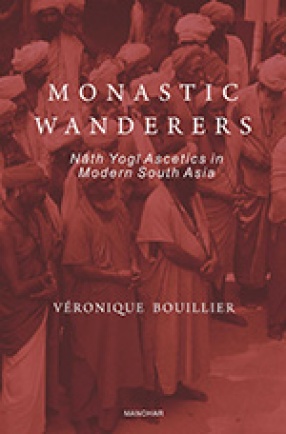
How have the premodern Shaiva ascetic sect of the Nath Yogis (known also as the Yogis with splitted ears) succeeded in maintaining its presence and importance until today? This book intends to give a general survey of this sampradaya which is said to have been founded by the Siddha Gorakhnath, known for his strong link to Hatha Yoga. However, rather than to Yoga, the history and expansion of the Nath sect are linked to its rich legendary corpus. Dealing first ...

This groundbreaking volume explores a revelatory Andharan style relief recently discovered in Sri Lanka. It adds to the growing body of archeological evidence of important exchanges between the Buddhists of Sri Lanka and their co-religionists in the Krishna Valley. This relief is the most ancient document attested to date depicting the events that took place during the first seven weeks following the enlightenment of the Buddha. Its unique iconography leads the ...

The articles in this volume are grouped in four parts.
Part 1 concentrates on indenture in the Caribbean and the Indian Ocean and includes four diverse, but inter-related chapters. They reveal newly-emerging, impressive trends in the study of indenture, departing from the over used neo-slave scholarship.
The chapters in part 2 re-examine personal narratives of indentured labourers, the continuous connection between the Caribbean and India as well as education ...
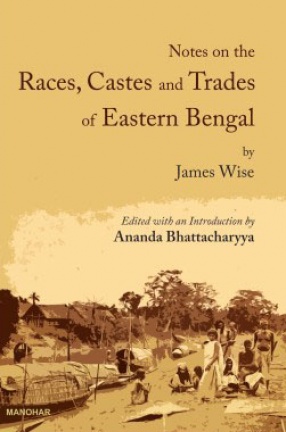

This book examines the socio-economic factors in the rise and development of nationalism in the Tamil-speaking region of Madras Presidency between 1858 and 1918. It analyses the dynamic interaction between socio-economic conditions and nationalism in Tamil Nadu by applying both historical methods of documentary analysis and a sociological perspective.
The volume looks at the advent of Western education and the role of Christian missionaries, the growth of the ...

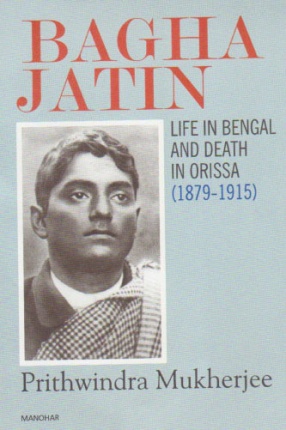
Jatindranath Mukherjee (Bagha Jatin) was a legendary leader of the revolutionary movement in Bengal and Orissa in the early part of twentieth century. A formidable organizer and planner, right-hand man of Sri Aurobindo, founder member of Jugantar and Anushilan Samiti, Jatin realized early that it was futile for revolutionaries to fight the British Raj on their own. He established links with the Germans during the First World War, and was killed after a dramatic ...

There is a body of literature on the Indian Diaspora in Europe and North America that has focused on issues relating to assimilation, accommodation, identity formation and remittances. However, the chapters in Part 2 probe deeper into the hidden aspects of Hindustani life in the Netherlands. The intensive ethnographic research reveals how the immigrant group has faced the problem of mental health, alcoholism, depression, suicide, emotional loss and educational ...
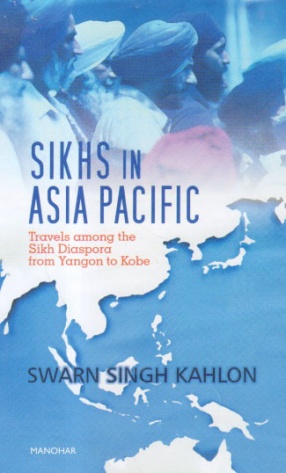
This book is the second in a global trilogy looking at the unreported Sikh diaspora comprising mainly the non-English speaking countries. The first one in the Sikh Global Village series was Sikhs in Latin America. This volume covers Sikhs in Asia Pacific countries. The third will be on Sikhs in Europe.
The Asia Pacific region is a vital and under-recognized home for the Sikh diaspora. Before 1947, most Sikhs migrated east. In addition to the commonly known ...

The present volume adds momentum to the ongoing discourse on consumerism in India and offers a fresh perspective by arguing that India is not just a consumer market but a consumer society in the making.
There is no consensus on the birth, place and context of a consumer society amongst historians. And for scholars of contemporary social life, consumer societies, till recently were held to be akin to societies in the late stage of capitalism or those having ...
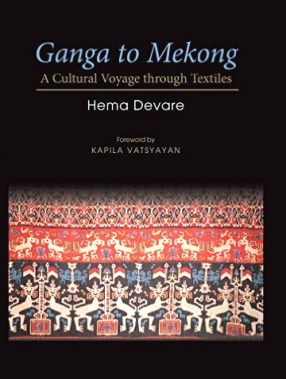
Textiles have been the binding factor in the cultural history of India and Southeast Asia from time immemorial. As the foremost currency they were carried by the traders from the banks of river Ganga to the fertile areas around the river Mekong and to the rich spice islands of Suvarnadwipa, Indonesia. Over the centuries, these textiles turned into vehicles of culture that built the foundation for an enduring multi-layered and multi-coloured relationship. The ...
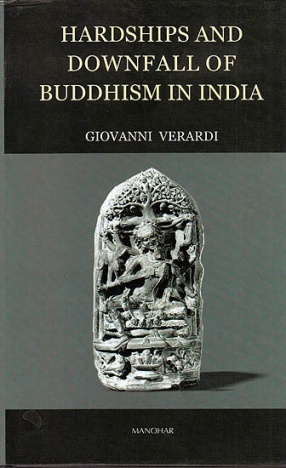
Buddhism originated as an antinomial system facing the opposition of both vaidika and theistic Brahmans who socially identified themselves with the agrarian world. The two models of society generated in early historical India never merged and Buddhism was gradually and often violently reduced to impotence. It was Gupta rule that first checkmated the antinomial model of the Buddhists. Whereas in the open society traders landowners and tribals coexisted from Gupta ...
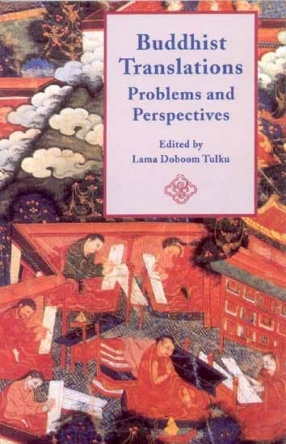
The last few decades indicate a growing interest world over to know more about Buddhism in the way it developed and is practiced in the Tibetan tradition. The availability of a large number of translations of Tibetan Buddhist literature can be attributed to this growing interest in Tibetan Buddhism.
The task of transmitting truth embedded in an old language like Tibetan to a Modern one like English present enormous problems.
The history of translation of Buddhist ...

Tantrism, both traditional and Buddhist, with its vast literature containing intricate ritualistic and philosophical details occupies an important place in the religious and cultural life of India and some Asian countries. The subject, however, still appears to be an enigma, notwithstanding numerous works in this field.
This volume contains informative and analytical papers by eminent scholars on different aspects of Tantric Buddhism and Tantars in general. The ...

It is very evident that much of the scholarly work currently done in the field of defence, human resources, strategic and development studies converges on issues which impact international relations both in policy formulation and its implementation through bilateral or multilateral arrangements. Issues such as Energy, Environment, Disaster Management, Technology, Food, Agriculture, Poverty, Health, Refugees, Migration, Trade, Political Formations among others, ...
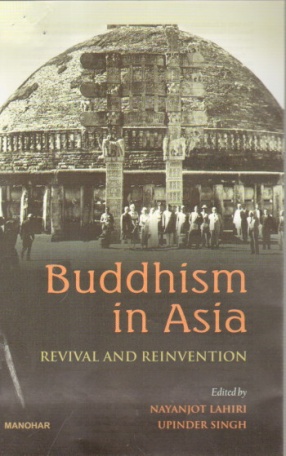
The Birth of Buddhism goes back to the sixth century BCE and, over the centuries, there has been considerable variety as well as considerable change in its doctrines, practices and propagation across the different parts of Asia. This volume showcases the expansion in the religion's contours and popularity in Asia in modern times.
Focusing on India, Sri Lanka and China, the essays in the book highlight the cross-fertilization between Buddhism and contemporary ...
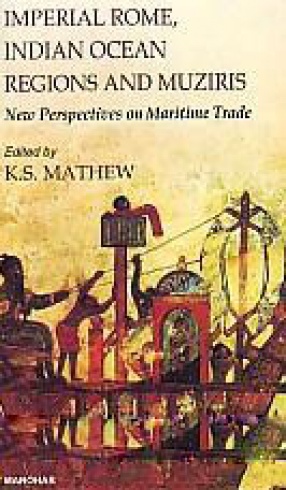
Scholars from the Western countries and India here present researches on maritime trade in the Indian Ocean Region in the early historic period focusing on commercial activities of imperial Rome and Muziris—on the south-western coast of India, perhaps in modern Kerala. The articles referring to Saudi Arabia, Sri Lanka, the Red Sea and Mediterranean regions as well as South Asia trace networks of trade and exchange, place of Roman ports in ancient trade and ...

